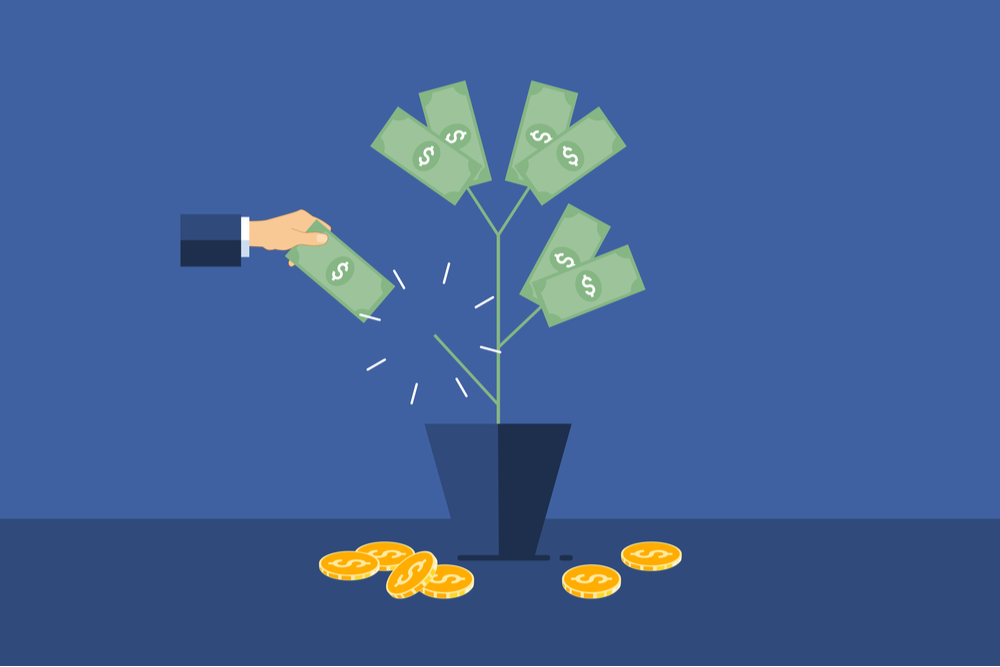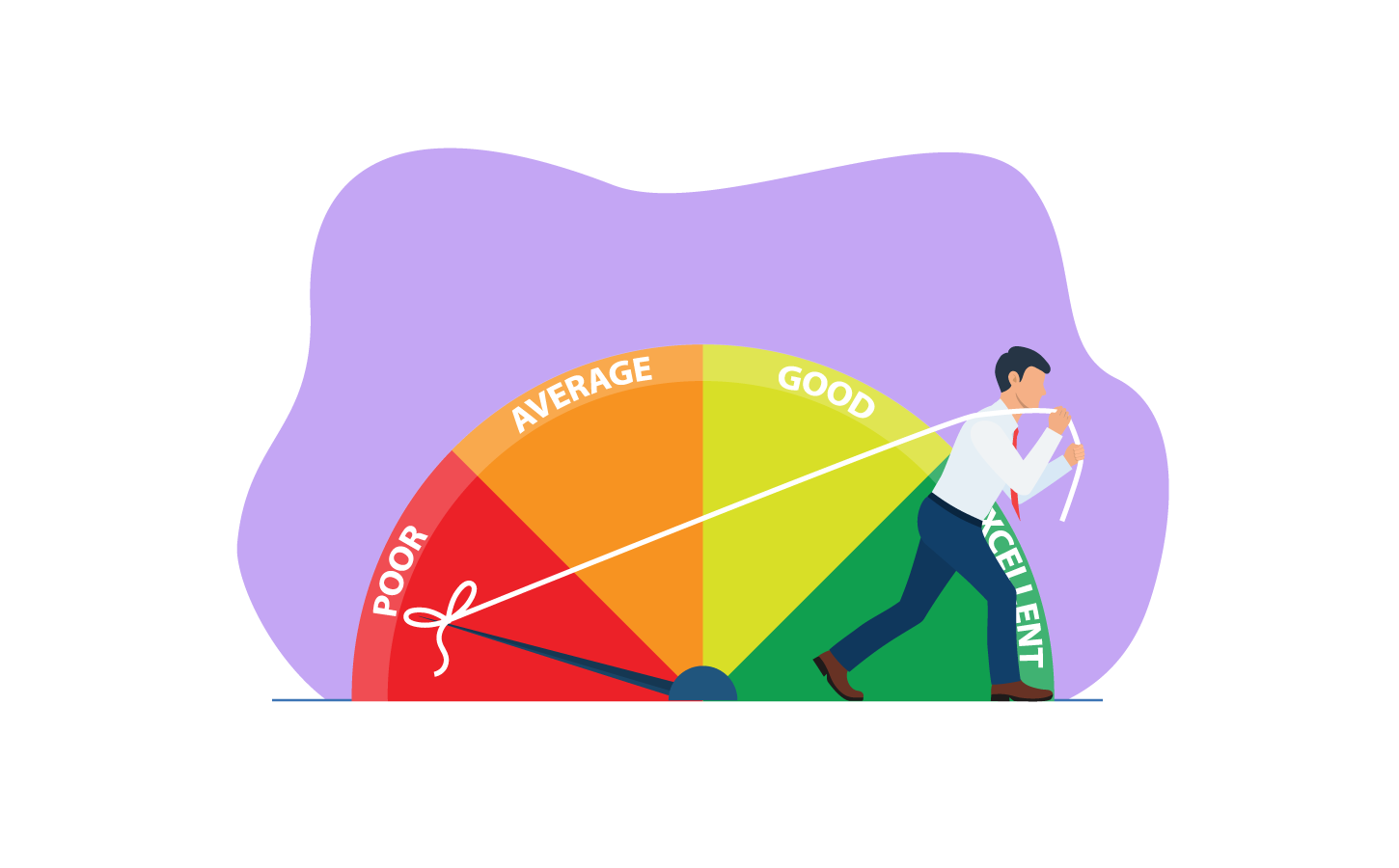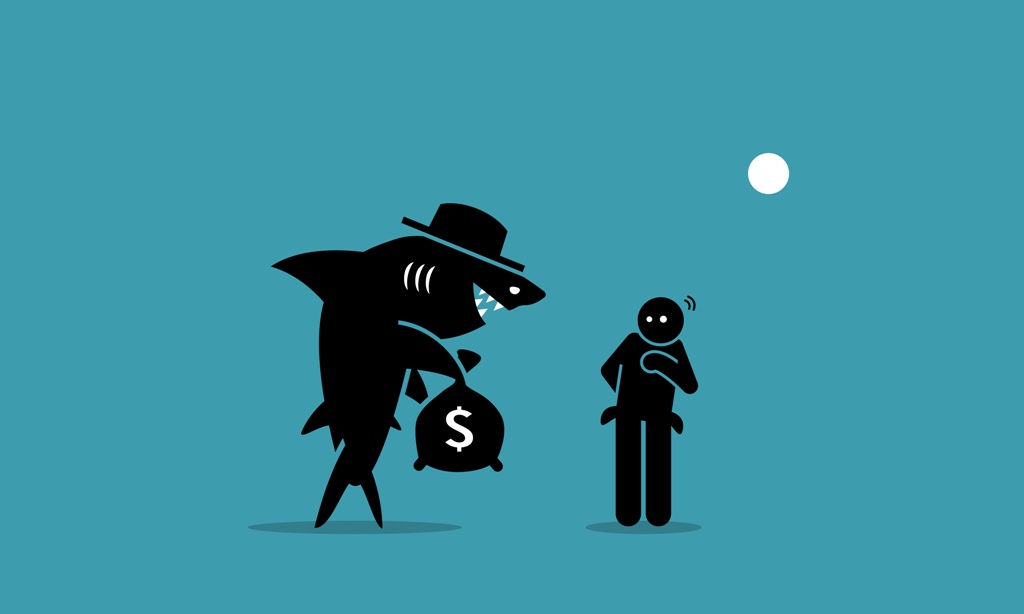The concept of borrowing money is simple enough: someone agrees to give you a set amount of money, on the condition you pay them back within a specified timeframe along with a little extra for their troubles. But there are many different types of loans, most of which can be divided into the two categories of secured and unsecured loans.
What is a secured loan?
A secured loan is a line of credit provided to an individual or entity against an asset. This asset is known as security and can be something the individual already owns or that which they intend to purchase with the loan. The asset is often a home or car, but it can also be cash, savings accounts, fine art, jewellery and just about anything of worth that can be accurately valued.
Security is used to provide peace of mind to the lender. If you default on your loan, the lender may be entitled to seize the asset in question and put it up for sale to recoup their losses. Because secured loans are less risky for lenders, they are able to offer larger amounts, lower interest rates and longer terms.
Common types of secured loans
- Mortgage: One of the most common secured loans, which sees banks lend individuals money to buy a house, with the house itself used as collateral.
- Car loan: As with a mortgage, a car loan can be used to fund the purchase of a new or used car, with the vehicle used as a guarantee against the loan.
What is an unsecured loan?
An unsecured loan is, as the name suggests, a loan that isn’t backed by any form of asset or security. Loans of this type are given based on your credit score, income and other factors the lender will consider when assessing your ability to repay. As you have not used any assets to back the loan, you do not risk losing them if you default; however, your credit score will take a serious hit and you may struggle to get another loan in the future.
Without an asset they can seize, lenders take on more risk with unsecured loans and therefore charge higher interest rates to make it worth their while. Unsecured loans are also typically smaller and have a shorter term than secured loans, making them more expensive for borrowers.
Common types of unsecured loans
- Personal loan: While personal loans can be secured, they are most often unsecured and involve smaller sums that can be used for general purposes.
- Credit card: A credit card is a form of revolving loan, where you can spend up to a specified limit on the condition of repaying it at the end of the month.
- Debt consolidation loan: When individuals face several sources of debt with varying interest rates, a debt consolidation plan can be used to repay them all and centralise repayments into one stream of debt.
Key differences between secured and unsecured loans
Secured loan:
- Requires collateral
- Lower interest rates
- May lose asset if you default on the loan
- Longer loan term
- Larger loan amount
- Collateral assists with approval
Unsecured loan:
- No collateral required
- Higher interest rates
- Will not lose assets if you default (unless you declare bankruptcy)
- Shorter loan term
- Smaller loan amount
What to do before borrowing money
As you can see, secured and unsecured loans have distinct strengths and weaknesses that make them suitable for different purposes. It’s important to have a clear understanding of the loan when you sign up for either, along with a detailed awareness of your current financial position. Before agreeing to any loan, make sure you:
- Calculate how much money you need to borrow to achieve your goal.
- Work out how much you can afford to pay per month to repay the loan, factoring in other spending and financial obligations such as rent, bills, groceries and leisure.
- Decide which type of loan best suits your individual circumstances.
- Carefully research and compare the loans available to you.
- Check the eligibility requirements before applying, and ensure you have any required paperwork.
CompareSing makes it easy to compare the most competitive secured and unsecured loans in Singapore. Browse loans online or get in touch today for more information.


















